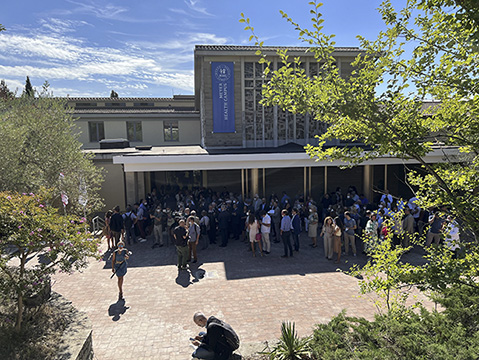The Meyer Health Campus has just been inaugurated, which, between classrooms, auditoriums and libraries, will also house a state-of-the-art pediatric simulation center. We met its director.
«A factory of health and knowledge».
This is how the brand new Meyer Health Campus is defined, the pediatric training center of the Meyer University Hospital that opened its doors a few days ago.
Since its opening, the Meyer Health Campus has positioned itself as a center of excellence for educational activities (both professional and academic) and simulation in pediatrics. Its 5,000 square meter facility is located in a park in the Florentine hills and includes 7 classrooms, 2 auditoriums, a library and of course! – a state-of-the-art simulation center.
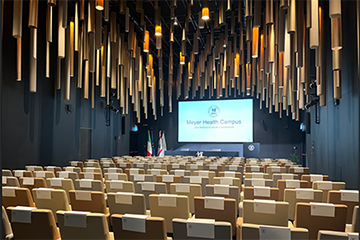
Created under the supervision of Boston Children’s Hospital and Harvard Medical School, the soon-to-be-activated Meyer Simulation Center faithfully reproduces a hospital environment with hospital rooms, operating rooms, pediatric and neonatal intensive care wards.
The inauguration of the campus took place on Friday, September 2, in the presence of the Minister of Health, R. Speranza. We met with Prof. Marco De Luca, director of the simulation center.
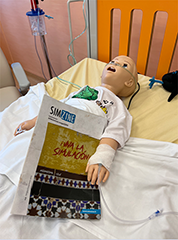
SZ: Good morning Prof. De Luca! When will the simulation center open?
MDL: The simulation center will open on October 18 and then we will have an international event, probably in 2023, also involving other European centers and Boston Children’s Hospital who accompanied us throughout the planning process.
SZ. What led you to open a simulation center?
MDL: Here at Meyer Hospital we already had a simulation program in 2007, then in 2009 we created a first center that mainly did in-situ simulation. We then structured a pediatric simulation network by training other instructors, a bit like Boston did with us in 2007, thus making it easier for other pediatricians to do simulations. We also decided to start simulating in a facility like this, because it seems like the most appropriate environment to train additional instructors. In addition, it is increasingly difficult to find spaces within the hospital to carry out simulation in situ, the operating rooms are always full. For this reason, we decided to recreate environments very similar to those of the hospital within the center. If you have noticed, inside here you have the impression of being in a real hospital: we are no longer on a campus, it is no longer an educational environment, but it seems to enter a health environment, in the department of a hospital.
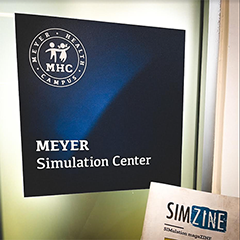
SZ. And what were the challenges in the implementation, and now what will they be in the management of the center?
MDL:. Clearly, the implementation phase involved more bureaucratic and financial challenges. It is an investment that has had a long journey and process. We also found the Mario Marianelli Foundation that subsidized us, which was fundamental, above all to guarantee the quality of the environments and simulators that we decided to use. Our challenge in the future will be to be able to use the center to the maximum, that is, to exploit it to 100% of its potential. This is what awaits us.
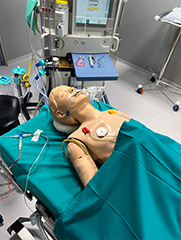
SZ. What simulation methods will be used in the center?
MDL: We have several modes, depending on the training objective: from low-fidelity simulations to very high-fidelity simulations, such as those of the operating room. Our focus is always on understanding what the goal is and structuring and designing the simulation and training based on what is required of us. It is a very ‘tailor-made‘ training in some aspects of the needs of our professionals, but also of the Region and all of Italy, given that we have courses in which colleagues from all over the country participate.
SZ. How will you now integrate simulation activities at the center and on site?
MDL: The facilitators are the same within our company, both for on-site and in-centre activities. What interests us is precisely to have the possibility of a backup space, in case the simulation in situ is not possible because the spaces are occupied by real patients. And as we always say, the real patient comes before the simulated patient.
SZ. Thank you Prof. De Luca, we really hope that Meyer Health Campus can be taken as an example and help stimulate the use of simulation in health care.
READ ALSO



